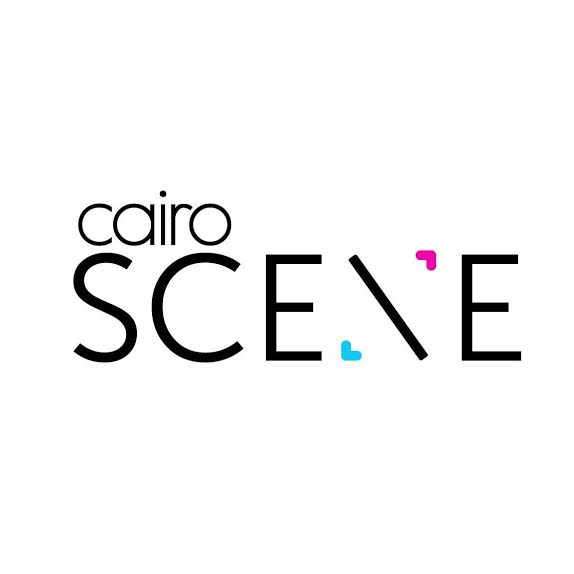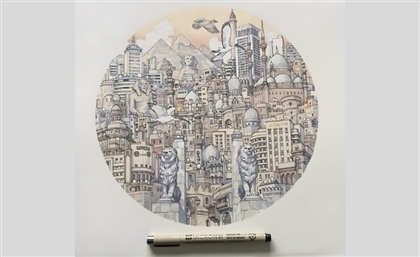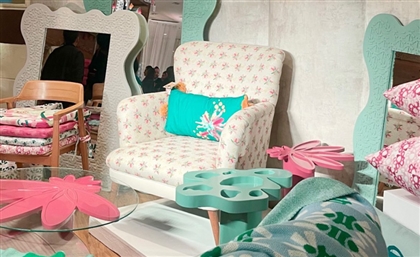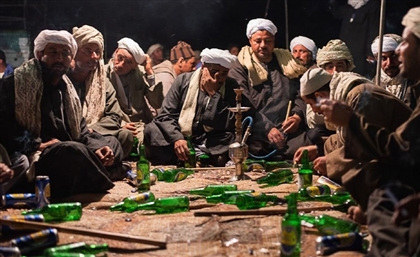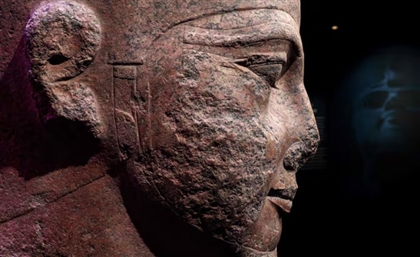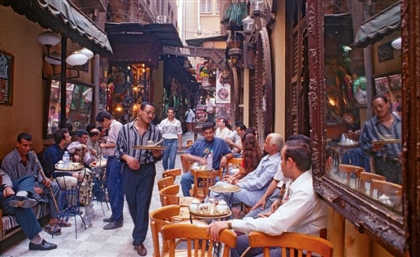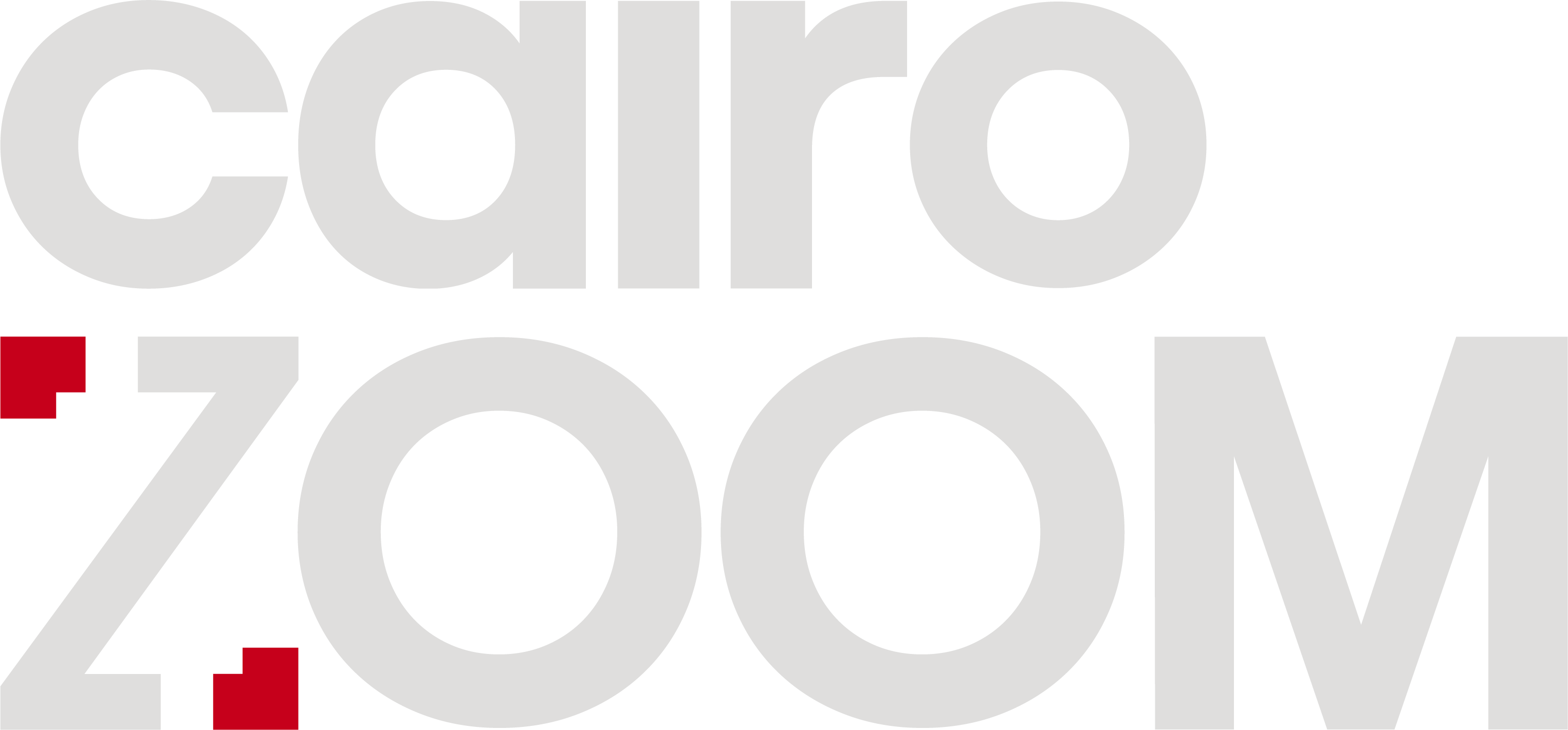Scalpels, Paintings and All Things in Between: A Chat with Egypt’s Artistic Surgeon
Though a surgeon’s touch is that of fine craft, an artist’s paint stroke is not dissimilar.
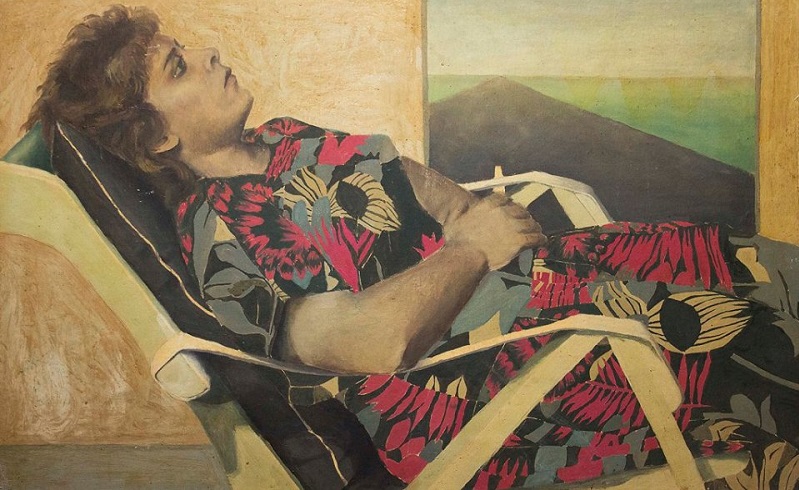
If our Arts and Culture section is any sort of testament, you should be (by now at least) well aware of the brimming artistic potential our fair Egypt holds. Try not to get fooled by the archaic intro; this isn’t something you hear every day. At least, not outside of primetime TV.

I’d once posted an article about Absolut Egypt’s latest artistic endeavour – whose winner Ayda Mansour happened to be related (by some twist of fate) to my father’s profession. He had later told me about a fellow surgeon of his who had kudos to give me, and that was when I came into contact with Dr. Heba Hussein – a plastic surgeon in a world of living colour.

“I’ve been into art since an early age, and through the years, I managed to train under the late great Hassan Suleiman – whom I’ve done a couple of exhibitions with. But as is customary with Egyptian life, I had an education to keep up with, a marriage to get into, a profession to uphold, kids to feed… Art had to take a corner for a while.” This was what the good doctor had to tell me, after I had asked her how this seeming duality between her trade and her craft was something she could maintain. She’d been in the art scene for so long – not just painting either, philosophy, literature, music, she was an exceedingly rebellious young woman in her yesteryears, and that spirit continues to shine today.

Whenever I’d have a chance to travel - whether by my own means or as part of a medical conference – I’d have to make absolute sure I’d visit every art gallery I could. I can’t say which is more outstanding than which; whether it’s New York, Paris, London or what-have-you, my jaw would be square on the floor at any of them. Whether it’s the impressionist Musée d'Orsay in Paris or the astounding Mueo Nacional del Prado, I’d be as happy as a kid in a candy store, and usually alone – seeing as nobody could keep up with me.

Dr. Heba had returned to the world of art only four years ago, and though you’d think her artistic talents would have dwindled over the years from disuse, you should probably learn a thing or two about the world of plastic surgery. Though her profession might have her more vested in Grey’s Anatomy (the book) than in the wavy ukiyo-e masterpieces of Hokusai or the beautiful, biblical works of Salvador Dali, the good doctor had a thing or two to say about how the two worlds are practically one.
Both of them, to me at least, are a form of meditation; whether I’m painting or operating, the act of performing either organises my thoughts, soothes my impulses and unlocks an abstract train of thought that I need to do my best. You start to understand what needs work, what to avoid, how to leave your signature in your work – and have it adopt a signature regard.

But then one wonders if the looming threat of mediocrity would creep into either craft, under the belief that one or the other might be too routine for creativity to flourish. “Most of my work in the operating theatre is improvisational; you can never perform the same two facelifts for example, since each patient is different. Removing an appendix? That’s mostly routine work. Mucking about with somebody’s contours? That’s something you only figure out on the spot. This is not dissimilar from art at all; everything is too foggy to step into, but once you approach the veil, it clears.”

The doctor, of course, had her concerns about today’s artists. “It’s all too common that so-called “abstract” art seems to pop up everywhere all over the world – even our own Egypt. It’s always the same disorganised, distorted concept driven to the point of mediocrity, and that’s something I would definitely say is worse than failure. This isn’t too dissimilar from life and humanity as a whole in today’s times.” I hadn’t anticipated hearing about Dr. Heba’s worldview, at least not under the impression I had. Her views would easily be misconstrued as pessimistic, but it is nothing further than realistic.
There is nothing worse than the mediocrity and pointlessness that life has become now, and that’s something that fed into my latest exhibition – The Greatest Isolation. I wanted to escape the mundanity of everyday life, shut myself out of it, it’s permeated everything, and it is the most significant setback we all have to contend with as a culture.

Regardless of what life may mean to the good doctor, or what direction the world of art might be taking, Dr. Heba managed to impart quite the beautiful anecdote about art as a whole. “Everything in life – no matter what it is – has a great measure of art built into it. It’s not something anybody could objectively hate, neither is it something you can call good or bad, not realistically anyway. It broadens the horizons of your abstract thought, it gives you a unique flavour in any and all of your works and work ethic, and leaves a lasting impression to all who see it. Though humans might think that they’re free for the most part in reality, it’s always limited freedom, regardless of what they may want to believe. But when it comes to art, it’s ageless, unlimited and the one thing that can push a culture forwards.”
Check out Dr. Heba’s concluded exhibition - The Greatest Isolation’s - on Gallery Misr.



